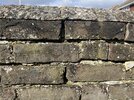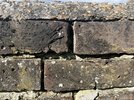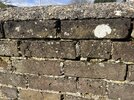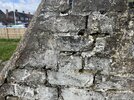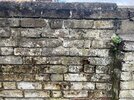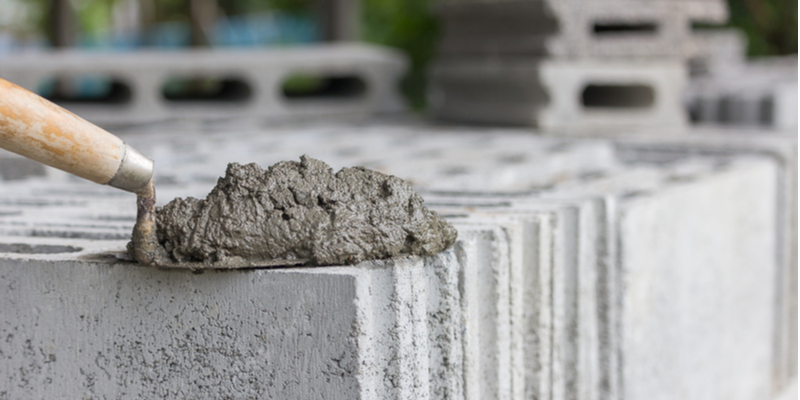I’ve got a 1930s external garden wall which is very badly neglected. As it’s never gonna look pretty It seems like a perfect way to learn how to repoint a wall. One thing I’m concerned about though, in all the videos I’ve seen, people rake out about 20mm of the existing mortar, which usually takes them back to a decent solid part of the existing pointing, that hasn’t been exposed to the elements. With my wall, the mortar is so bad that I feel like I could keep raking and raking until I ended up coming out the other side! (It’s a two brick width wall). When should I STOP raking out? I don’t want my new mortar to struggle to bond with the old sandy/ crumbly mortar that is left in the wall.
Also concerned about all the dirt that will have built up in the gaps. Just hose and brush it I guess?
I plan to use an angle grinder with diamond mortar disc, although most of the existing mortar is so sandy now that I think a chisel would be just as effective in places.
Also wondering if this needs a lime mortar mix, or if a 5:1 Cement mix will suffice.

Also concerned about all the dirt that will have built up in the gaps. Just hose and brush it I guess?
I plan to use an angle grinder with diamond mortar disc, although most of the existing mortar is so sandy now that I think a chisel would be just as effective in places.
Also wondering if this needs a lime mortar mix, or if a 5:1 Cement mix will suffice.
Attachments
Last edited:


